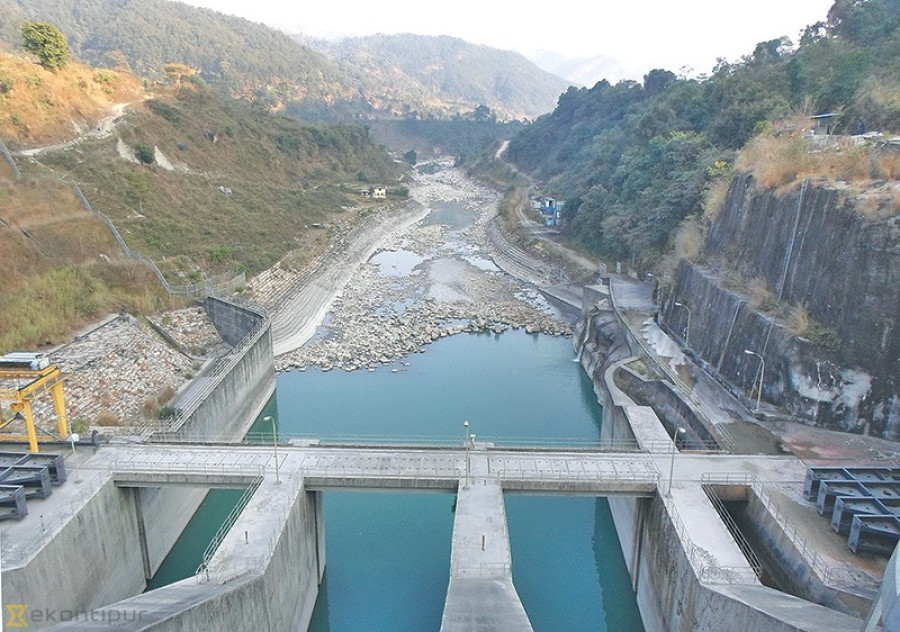National
Call to maintain environmental flow of rivers
Water scientists have said that the growing number of hydropower and other development projects along the water resources are disturbing the environmental flow of rivers.
Chandan Kumar Mandal
Water scientists have said that the growing number of hydropower and other development projects along the water resources are disturbing the environmental flow of rivers.
They argue that hydropower and irrigation projects are holding large volumes of water at one place and limiting the natural flow of rivers which is essential for healthy aquatic ecosystem.
Luna Bharati of the International Water Management Institute told the Post that the environmental flow of rivers in Nepal is likely to get altered in the future with several hydropower and irrigation projects in the pipeline.
“Environmental flow is the amount, timing and quality of water that is necessary for maintaining the aquatic ecosystem. A major disturbance in environmental flow can harm the livelihood of communities living downstream as well as the aquatic ecosystem,” said Bharati.
According to the existing law—Hydropower Development Policy (2002)—a minimum of 10 percent of total water flow in a particular river recorded in the driest month should be released for maintaining the environmental flow.
Water scientists, however, argue that setting a unitary limit for all the rivers throughout the year would not help in sustaining the aquatic ecosystem.
“The amount of water that is required for supporting the river ecosystem can vary from river to river. A threshold may not work as some rivers might need more water whereas others would need less. This also differs from season to season,” Ram Devi Tachamo Shah, a researcher with the Kathmandu University.
The Western Nepal Environmental Flow Calculator, a software package developed by the IWMI for measuring environmental flow in Karnali-Mohana and Mahakali rivers of western Nepal, has estimated that a minimum of 20 percent of water should be released to preserve the environmental flow in the rivers.
The calculator can provide the stakeholders with the information that can be helpful in making decisions about water allocation and development activities.
“The calculation makes the negotiation easier by suggesting how much water can be utilised for development purpose and how much can be left for aquatic beings, environmental services of the river and utilisation for the downstream communities,” added Bharati.
The amount of water for environmental flow should not be linear for all the rivers for all the seasons, but in coherence with the natural flow of the river, according to Akriti Sharma, researcher with the IWMI.
“The environmental flow should mimic the natural flow of river. For example, in monsoon, more water should be discharged, whereas during dry season the amount of water should be lower which is normal in dry seasons,” said Sharma.




 10.12°C Kathmandu
10.12°C Kathmandu















